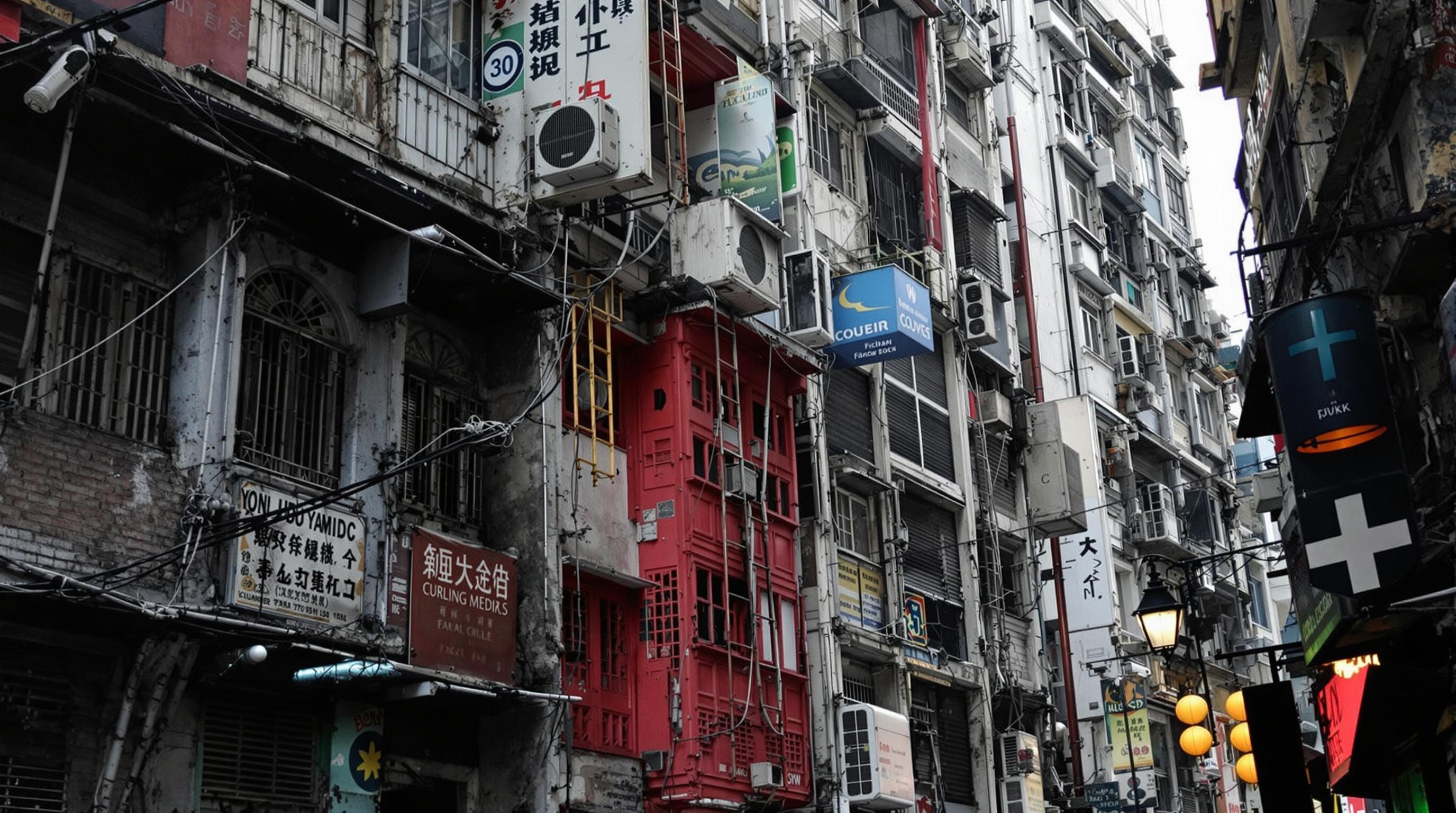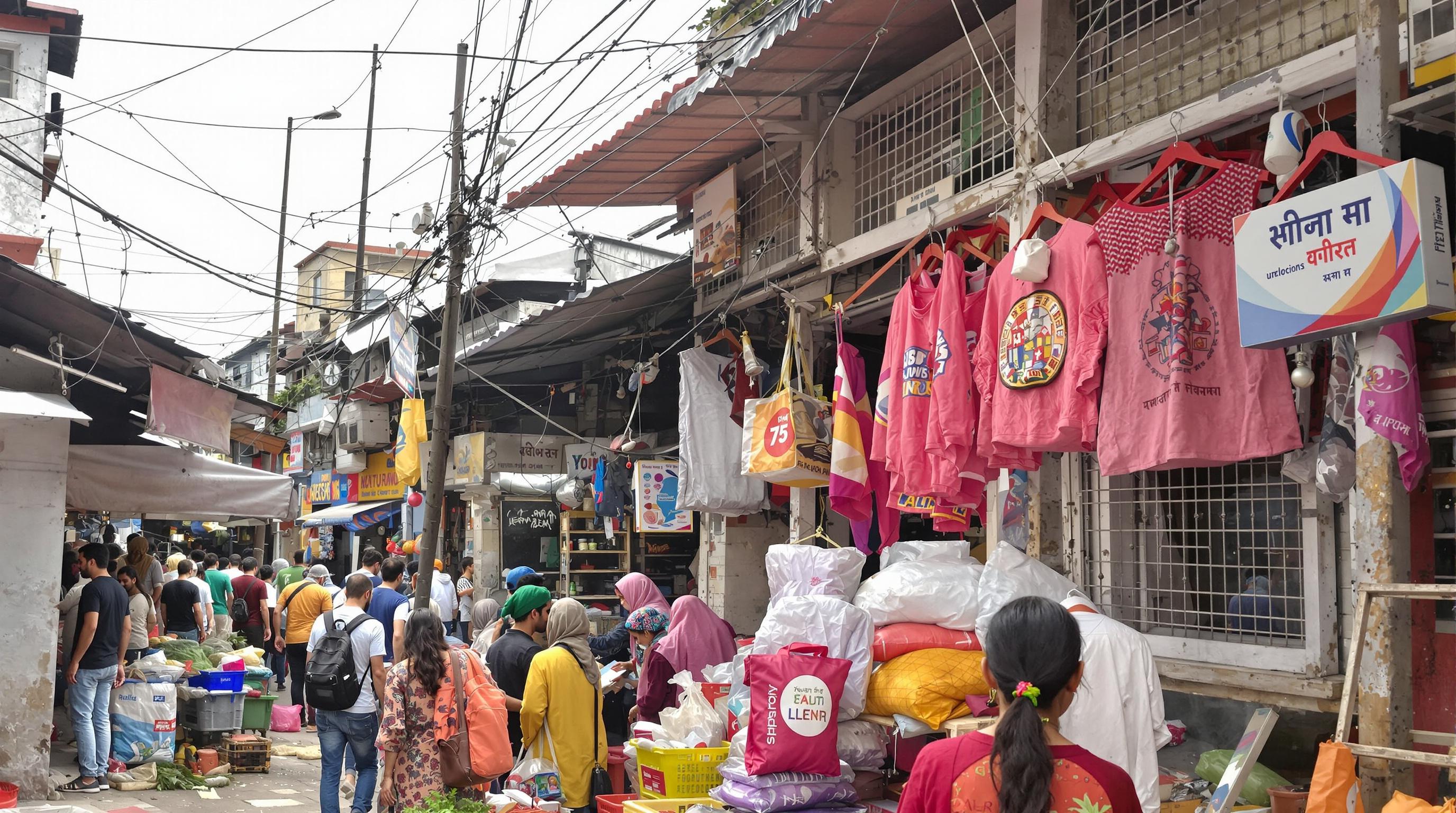Related Articles
- The Influence of Urban Legends: How Folklore Shapes Investor Behavior in Today's Financial Landscape
- The Role of Personal Narratives: How Your Story Shapes Investment Choices and Risk Tolerance
- The Ripple Effect: How Social Media Influencers Steer Investor Sentiment in Unexpected Ways
- Beneath the Surface: Investigating the Silent Influence of Underground Economies on Legitimate Market Trends
- Navigating the Bizarre: The Influence of Esotericism on Modern Investment Strategies and Market Speculation
- Rethinking Risk: The Surprising Link Between Urban Architecture and Financial Instability in Emerging Markets
Rethinking Risk: The Surprising Link Between Urban Architecture and Financial Instability in Emerging Markets
Rethinking Risk: The Surprising Link Between Urban Architecture and Financial Instability in Emerging Markets
Urban architecture plays a crucial role in shaping the financial landscapes of emerging markets, often revealing patterns that lead to unexpected financial instability. By examining the interplay between architectural decisions, urban design, and their economic ramifications, we discover that well-planned spaces can foster financial resiliency, while poorly designed areas can plunge entire economies into chaos.
The Architecture of Finance
When we think of urban architecture, our minds might drift toward aesthetics—stunning skyscrapers or well-designed public parks. However, what if I told you that the very design of our cities can directly impact financial stability? In emerging markets, where economic structures can be fragile, the link between the built environment and financial outcomes becomes even clearer.
Statistics That Speak Volumes
Consider this: according to the World Bank, urbanization in developing countries contributes to nearly 80% of the GDP. However, this rapid urban expansion does not come without a cost. A study by the United Nations suggests that approximately 1 billion people live in slums, where chaos reigns not only in housing but, inevitably, in financial behavior. This statistic raises a chilling question: can the architecture of a city truly dictate the financial stability of its inhabitants?
The Behavioral Aspect of Architecture
Imagine this: you're walking through a bustling market framed by architectural wonder—a harmonious blend of modern and traditional styles. You feel energized, inspired, and perhaps even more inclined to spend money. This phenomenon isn’t just a fluke; it’s a concept in psychology called "environmental psychology," which illustrates how our surroundings can significantly influence our behaviors and decision-making processes.
In emerging markets, where consumer behaviors can tip economies, the design and layout of urban spaces can either foster a sense of community and commerce or breed chaos and distrust. For example, the design of informal markets in cities like Accra, Ghana, encourages transactions and interaction, thus maintaining cash flow. In contrast, poor urban design in some regions leads to isolation, ultimately stifling economic activity.
Case Studies: Learning from the Ground Up
Brazil: Architecture Meets Informal Economy
Take Brazil, for example. The favelas (informal settlements) paint a vivid picture of the complexities of urban living. They are often dismissed as poorly planned, yet these settlements thrive with entrepreneurship despite their challenges. A report from the World Bank in 2022 highlights the resilience of businesses within favelas, where around 35% of residents have started their own enterprises, showcasing how community-led architecture can contribute to financial stability.
The Role of Community
In favelas, the community atmosphere, built through intricate architecture that promotes closeness and accessibility, cultivates trust among residents. This trust translates into economic collaboration, providing a safety net in times of financial strain. As local businesses flourish, they contribute to the larger economy, proving that even informal architecture fosters financial adaptability.
Lessons from Cities Beyond Borders
Example of Kigali, Rwanda
Shift gears to Rwanda, where Kigali is often heralded as a model for planning in emerging markets. Following the 1994 genocide, the city focused on strategic architectural planning that emphasizes health and economic sustainability. Key initiatives like Kigali's Vision 2020 aimed at creating an organized urban landscape that promotes economic opportunities while addressing social needs—a successful marriage of architecture and economy.
A clear indicator of Kigali’s success can be seen in its rapid GDP growth—estimated at around 8% annually over the last decade, attributed partly to its urban architecture that encourages tourism, trade, and investment.
Bridging the Gap: Urban Planning and Financial Strategies
While it may look like we’re spinning our wheels when discussing urban architecture and finance, one cannot ignore the pressing need for intertwined strategies. Good urban planning should go hand-in-hand with financial frameworks. The effectiveness of both hinges on understanding the relationship between built environments and economic behavior.
Navigating Forward: The Future of Urbanization
Emerging markets must tackle the challenges posed by urbanization head-on. As cities grow, so must our approach to architecture and design with an economic lens. The need to develop financial strategies that account for urban design becomes paramount to ensuring economic stability. What’s the use of a shimmering skyline if the streets are riddled with potholes that obstruct economic growth?
Old Wisdom Meets New Strategies
Historically, urban planners have often focused solely on aesthetics or basic infrastructure. Imagine visiting a city that is beautiful yet devoid of actual functionality—like arranging beautiful chairs in a room but forgetting to build the house to hold them. The conversation around urban architecture must evolve, blending historical context with innovative financial solutions, ensuring that emerging markets can thrive while creating urban spaces that positively influence financial outcomes.
Human-Centric Design
Emphasizing a human-centered approach to urban architecture can have lasting effects on financial health. A study indicated that cities designed with pedestrian-friendly frameworks witness a 12% increase in local sales due to higher foot traffic. This highlights the direct correlation between thoughtful design and financial success, particularly in economically vulnerable regions.
When Architecture Fails: A Cautionary Tale
However, not all urban design decisions yield positive outcomes. Consider Karachi, Pakistan, where rampant urbanization has led to chaotic growth patterns and poorly planned infrastructures. Traffic congestion, limited green spaces, and lack of accessibility have not only affected quality of life but also stunted economic growth. As the city grapples with its financial crises, one must wonder how better urban architecture could have yielded a more stable environment.
Additive Experiences: Learning from Others
We should always be in a position to learn from both success and failure. The experience of cities across the globe, from the bustle of Lagos to the serene layout of Singapore, provides valuable insights into the potential risks and rewards of various architectural strategies. Through this global lens, we can adapt and implement best practices that address the financial hardships faced by emerging markets.
Final Thoughts: Building Stability
In conclusion, as emerging markets mature, they must begin to view architecture not simply as a backdrop for daily life but as a crucial factor in financial outcomes. Cities designed with care and intention can lead to thriving communities and, ultimately, economic stability.
This complex relationship between urban architecture and financial stability requires concerted efforts from governments, architects, economists, and communities alike. So, the next time you stroll through your city, take a moment to consider: Is this design truly fostering financial resilience, or is it leading us toward instability?
It’s time we rethink risk. The stakes are too high, and our cities deserve better—because the design of our tomorrow will dramatically shape the economy of our future.




